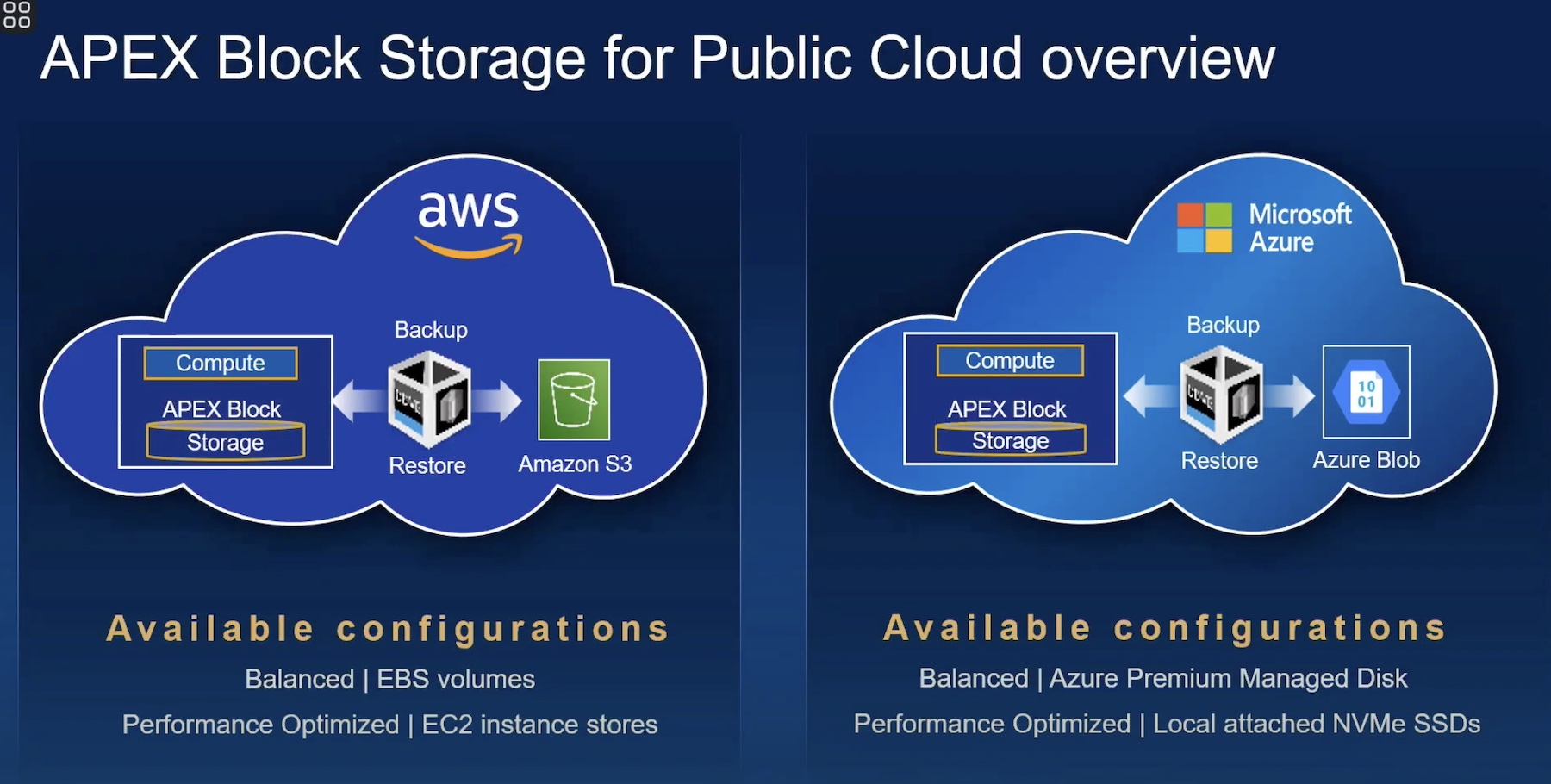If you are building a new application these days it will be hosted in the cloud with the exception of a few edge cases (pun intended). Even existing applications are more commonly being refactored for the cloud, or even somewhat unwisely “lifted and shifted” into the cloud unmodified. Most folks with any experience in the cloud will already have their preferred provider and simply continue to use it for new projects without a second thought. Those who do take the time to consider which cloud provider they will use are often only considering a couple of the big names like Amazon Web Services (AWS) or Azure.
Consider Your Choices
For many applications, the needs are simple enough that the choice of cloud does not largely affect its design and operations. In these cases, factors such as cost, familiarity with the platform, and potential for lock-in to tend affect the decision most greatly. Once the decision is made and the application is built or moved into the cloud, it is usually there to stay. Data that was easy to get in is not so easy to get out, as the saying goes. High egress costs, or the dependence on proprietary services within a cloud provider often make the migration of an application expensive and/or impractical.
What is often forgotten however is that there are a multitude of options when it come to choosing a cloud service and that there are more choices than simply AWS and Azure, and no I’m not talking about Google Cloud Platform (GCP) which is currently in a distant third to the latter two cloud providers. Depending on the need of the customer there are numerous cloud providers that either serve a specific use case or provide a more personal touch than the behemoths that dominate the cloud landscape.
An Alternative Partnership
Companies such as Digital Ocean, Backblaze, or Rackspace have specific identities and audiences that they target and have seen success with this strategy. To take this strategy even further, cloud infrastructure provider Packet and cloud storage provider Wasabi have recently teamed up to provide what they believe will be a unique and differentiated service that will make customers think twice about choosing between just AWS or Azure.
By partnering, Packet and Wasabi will be able to deliver infrastructure that can be fully automated by developers in conjunction with object storage, all within a single vendor experience. Wasabi APIs will be integrated into Packet’s platform so that customers can manage not only a single vendor relationship, but a single administrative and developer experience. Additionally, customers accessing Wasabi’s object storage will see no egress charges or additional transit fees when leveraging Packet’s compute resources. In fact, Wasabi does not have any egress charges whatesoever, thus helping customers avoid the aforementioned problem of vendor lock-in.
While some customers seek a wealth of services such as containers, serverless, and database for their cloud needs, the vast majority of cloud consumption is still made up of basic compute and storage services. This fact opens up a plethora of options when considering where data or a specific workload will live and makes the option of choosing a specialized service much more appealing. While the Wasabi/Packet partnership may not come with all the bells and whistles of the big clouds, that doesn’t mean it should be dismissed. The power of automation that Packet has brought to bare metal infrastructure is quite unique and can give developers an edge with specialized applications in need of a high level of control. Add to that they promise of object storage that is both faster and cheaper than anything AWS offers and you have an offering that can be quite compelling.
Ken’s Conclusion
We will likely always see the domination of a handful of large cloud providers, but the doesn’t mean we should ignore the smaller, more specialized services. They each have the own value to provide and story to tell. The next time you have an application or data that you need to stand up in the cloud, it is worthwhile to take a moment and consider the cloud provider first.




